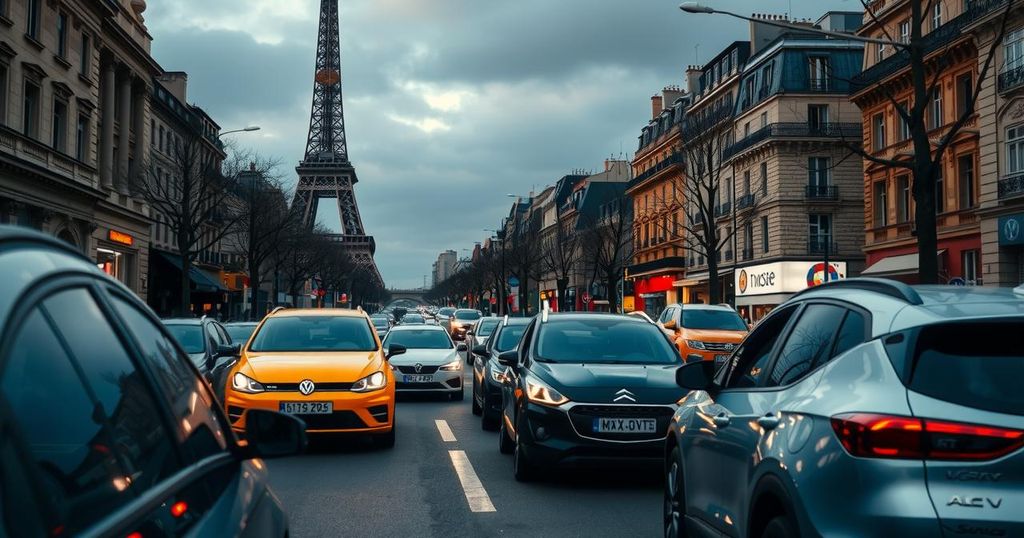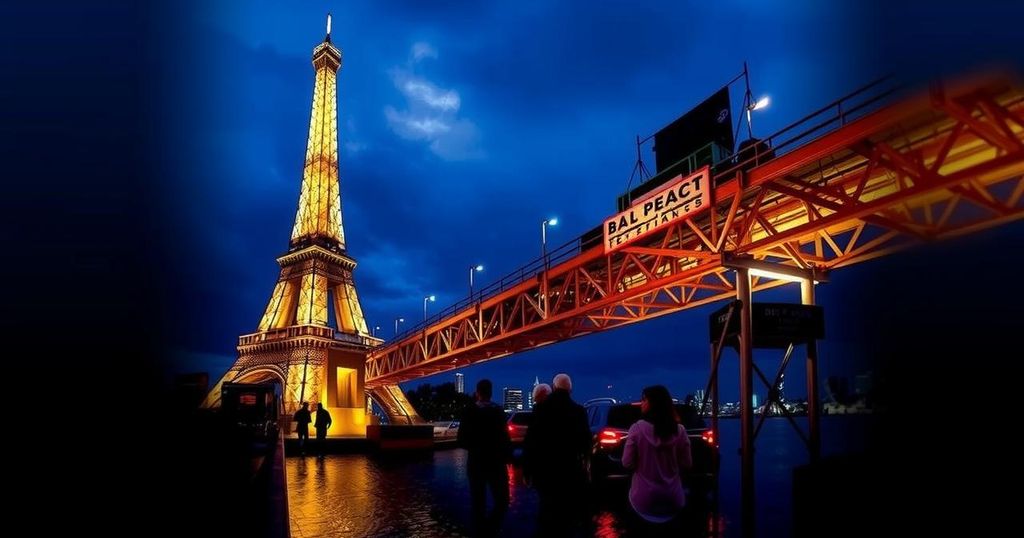Original Source: www.lefigaro.fr
In light of increasing concerns over road safety in Paris, the tragic death of a young cyclist has sparked intense discussions about the dangers posed by SUVs. The incident has highlighted a growing public awareness of what many consider an epidemic of road violence in urban areas. The local government is not just responding to a tragic event; they are advocating for broader legislative changes that could reshape the relationship between heavy vehicles and pedestrian safety, pushing for more sustainable transportation options and stricter regulations on vehicle types allowed in city limits.
In the heart of Paris, a whisper turned into a powerful roar as the local government urged the national authorities to ban SUVs from the bustling city streets. This call to action emerged after the tragic death of Paul Varry, a young cyclist whose life was unjustly snuffed out by a reckless SUV driver on a cycle path. Such a devastating incident cast a glaring spotlight on the unsettling reality of road violence and the perilous presence of these hulking vehicles in urban environments.
During recent debates at the Paris Council, headed by Mayor Anne Hidalgo, city officials took a moment to remember Varry, highlighting the daily dangers faced by pedestrians and cyclists alike amid the urban sprawl. The Council expressed deep concern over the weighty vehicles, emphasising how their sheer mass makes encounters with vulnerable road users exponentially more lethal. Intriguingly, reports indicate that accidents involving SUVs often result in higher fatality rates for those they strike, igniting a fiery discussion about road safety.
In proposing a ban, the Paris administration not only demands a prohibition on SUV circulation but also aims to extinguish any promotional flames that fuel the market for these cumbersome cars. Statistics reveal that a staggering 53.5% of Parisian journeys are made on foot, with cycling and public transport forming a significant portion, showcasing the city’s commitment to sustainable urban mobility.
Moreover, the French Transport Ministry has embarked on a four-month mission dedicated to tackling road violence head-on. As the Council called for dialog with the police prefecture, the hope surged among officials that a collaborative plan could unfold, paving the way for a safer, more harmonious coexistence of all road users. In this new chapter for Paris, the echoes of Varry’s story resonate, prompting a reassessment of priorities in an ever-evolving urban landscape.




